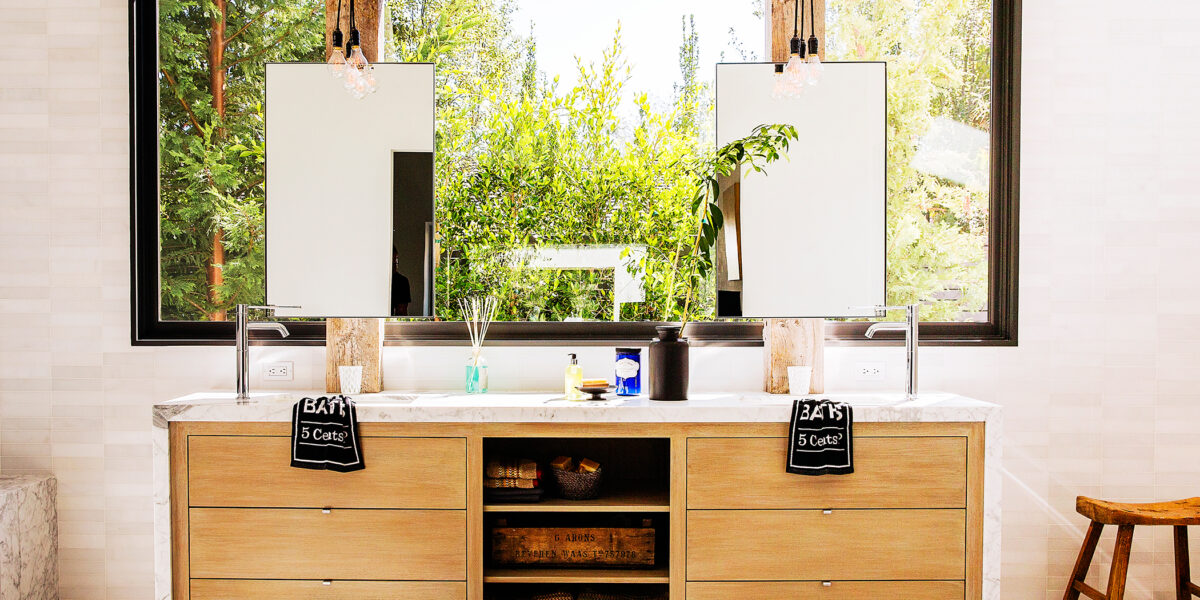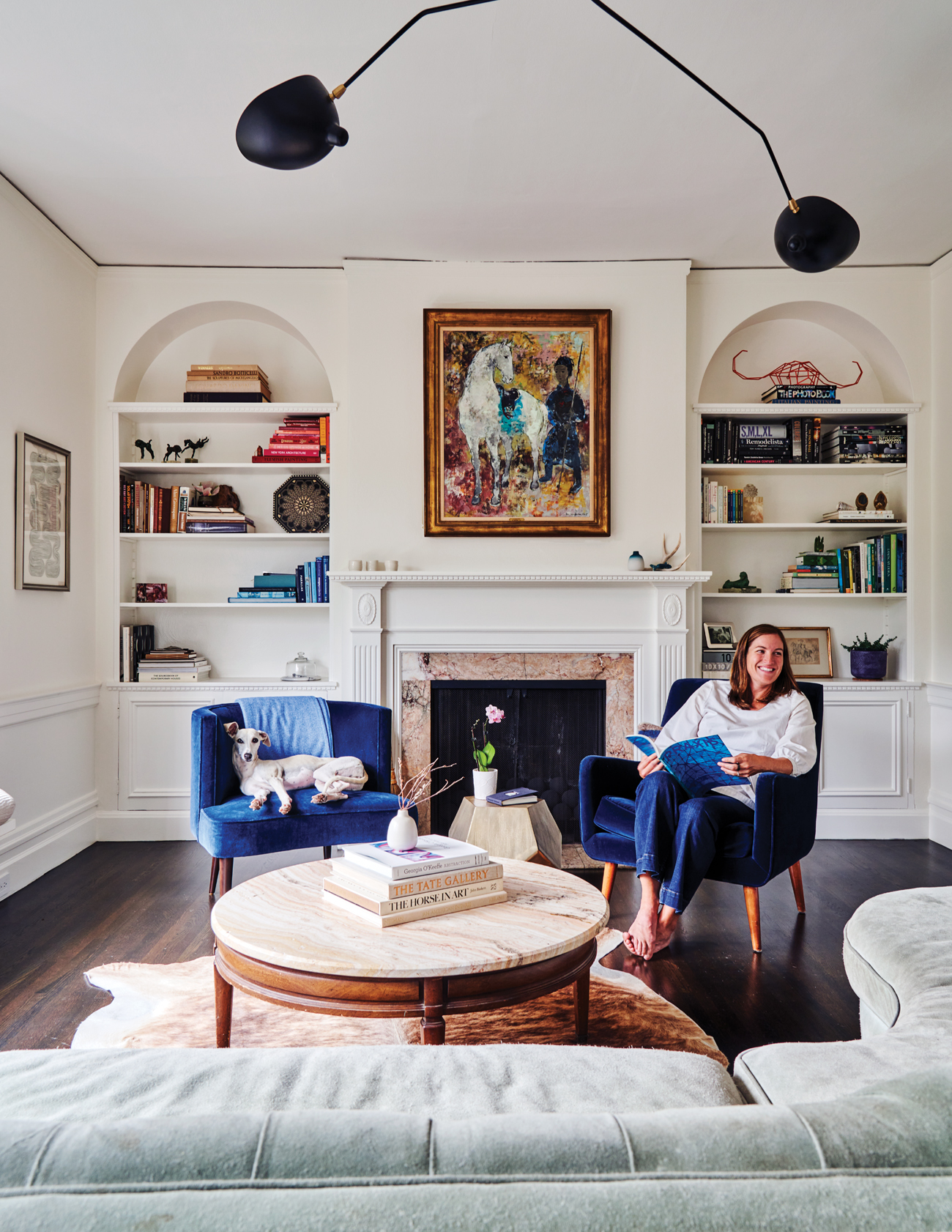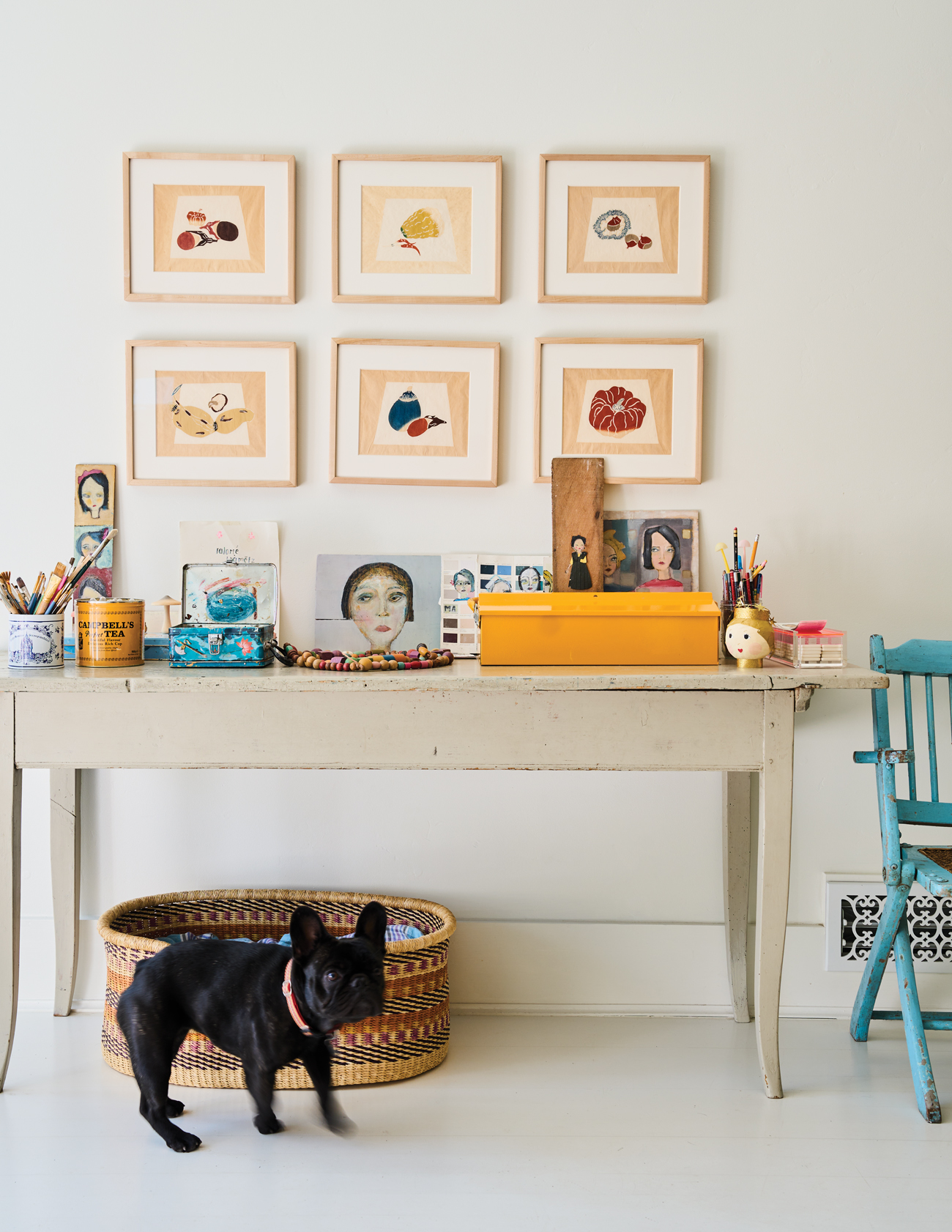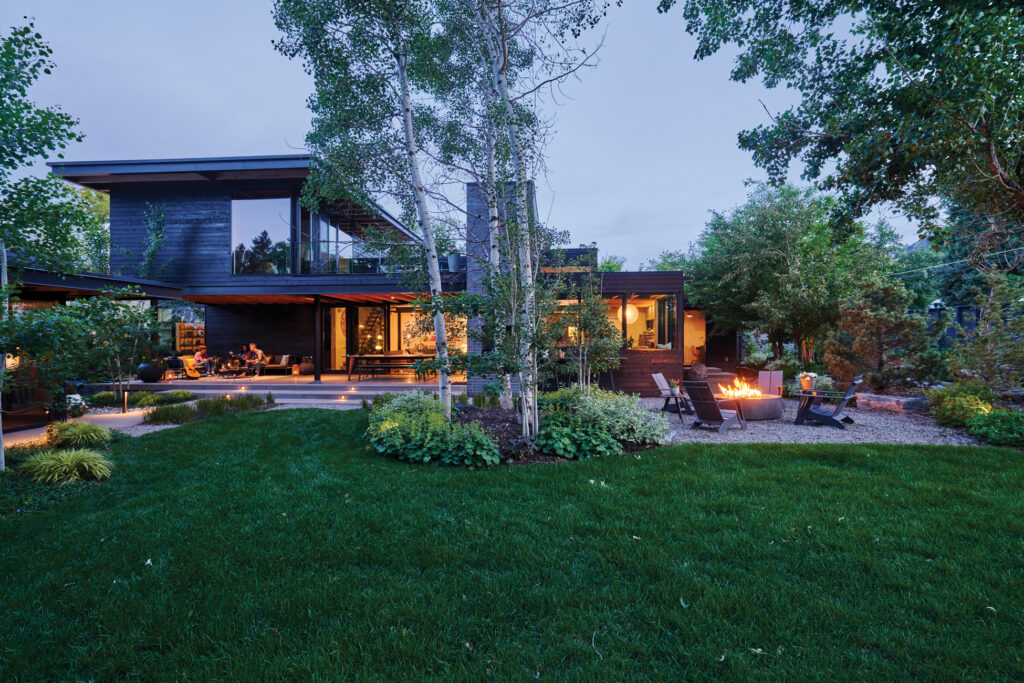
This Design Technique Is the Key to a Calm and Relaxing Home
Here’s how to make any room feel organized and intentional, according to interior design experts.

Thomas J. Story
There’s just something about symmetry that makes my brain happy. And as I’ve recently learned, it’s an art form for interior designers and architects, and one that requires thoughtfulness and lots of planning.

Thomas J. Story
What Is Symmetry?
“Symmetry in architecture and interior design isn’t just for aesthetics,” says Melissa Hanle of Hanle Interiors in Newport Beach, California. “It actually affects the overall experience an individual will have while viewing architecture or inhabiting an interior space. Humans have an instinctual need and preference for balance and order, so we are drawn to symmetrical designs at a subconscious, visceral level.”
Finding such equilibrium in your home can help you establish an idyllic, calming atmosphere. But what are you supposed to do when a room isn’t perfectly symmetrical? How can you bring balance to an imbalanced spot in your home? I talked to a few experts about how to create (or create the illusion of) symmetry.

Thomas J. Story
The Three Popular Types of Symmetry
Hanle explains that there are three popular types of symmetry that you can apply to your next interior design project: translational, radial, and bilateral:
- Translational: If you are focusing on translational symmetry, you want to place objects in a repeated pattern. For instance, a gallery wall would reflect this type of interior design practice.
- Radial: Also referred to as rotational symmetry, this is when symmetry is created around a central axis. You can adapt this to work in your home with focal points like a round dining room or coffee table.
- Bilateral: Known as mirror imaging, this is all about designing a room with two sides reflecting each other.

Thomas J. Story
How to Create Symmetry at Home
As a starting point, you need to identify your focal point. There’s almost no limit to what you can identify as the “focal point,” but Ashley Clark of sKout Interior Design in Newport Beach, California, has a few recommendations.
“This could be an architectural feature—like a fireplace or window—or it could be a piece of art,” she says. “Be sure to notice the scale and height of your art and accessories. You may have one large piece of art on one side and then a grouping of smaller art on the other that is the same height or footprint as the single larger piece.”
Julie Hovnanian of Hovie Interiors in Newport Beach, California, adds that centering your interior design around a focal point can inform where certain items are placed. A stove in the kitchen or fireplace in a great room are top spots for this particular idea. And if you’re working on plans for a new home or upcoming renovation, you can talk to your contractor or interior designer about their thoughts on specific window and doorway placements. If windows in your bedroom are symmetrical, for example, they can frame your bed. That being said, there are plenty of ways to add symmetry without completely mirroring two walls.
“If there’s only one window on one side of a fireplace, you could use a piece of art that’s a similar size on the other side,” Hovnanian says. “Or use a table with a lamp on it to create the same height as the window.”
Looking for even more ideas to bring balance to your home? Focus on your furniture and other decor, Hanle says. “Furniture placement can either accentuate this symmetrical appeal, or, if it’s lacking in balance and repeated elements, detract from it,” she says. “If your design style tends to be more on the casual side, symmetry becomes even more important as it helps to calm the eye and provides a predictable balance to the somewhat random feel more casual or collected pieces tend to have.”

Thomas J. Story
What About Asymmetry?
Whichever style you gravitate toward, it’s important to know that asymmetry isn’t necessarily a bad thing—in fact, it’s become more popular in modern and contemporary design.
“With interiors, the most important thing when working with an asymmetrical space is balance,” Hanle says. “If your home has an angled ceiling that creates a tall wall on one side of the room, you should balance this out with something on the opposite side of the room. This can be achieved with visually heavy furniture or a large piece of artwork.”
Not exactly sure where to start? Hanle suggests prioritizing symmetry in more formal spaces like the living or dining rooms, and in the entryway to set a welcoming tone from the moment your guests walk through the door.
